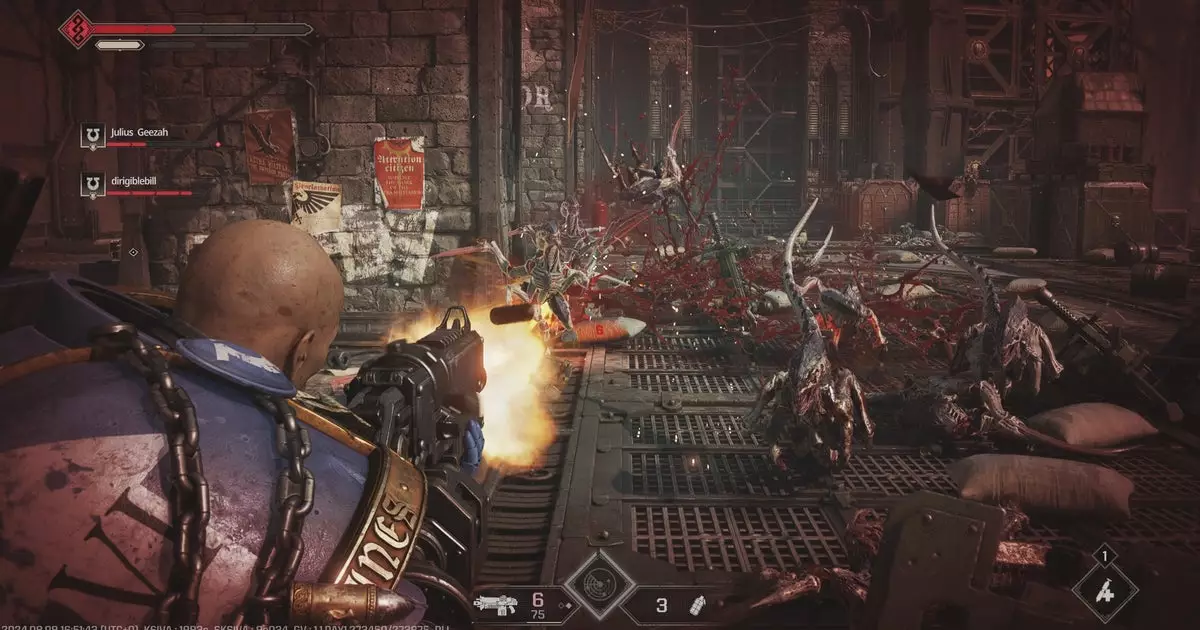In the expansive universe of Warhammer 40,000, the impending release of Space Marine 2 raises many questions about gameplay mechanics, particularly the integration of Player vs. Player vs. Environment (PvPvE). Game director Dmitry Grigorenko has candidly stated that there are no intentions to include this complex gameplay mode. Acknowledging the difficulties associated with it, he likens the quest for a balance between PvP and PvE elements to a “holy grail” that many developers pursue yet few achieve. This revelation invites a critical assessment of why PvPvE, while appealing in concept, often proves to be an unstable foundation for many gaming experiences.
Balancing interactions between players and AI foes is no trivial task. Grigorenko articulates that in the intense melee of Space Marine 2, where visual chaos is plentiful and players engage in frenetic combat, the potential for confusion and frustration is high. When players are not only contending with each other but also facing AI opponents—which can act unpredictably—the resulting gameplay can quickly become overwhelming. The challenge lies not merely in designing enemies that react realistically but also ensuring that their presence enhances the experience rather than detracts from it.
Adding this PvPvE layer would significantly alter the dynamics of combat, requiring developers to reconfigure map layouts and enemy behaviors. Such convolutions might detract from the visceral thrills that players expect from a title situated within the Warhammer framework, which emphasizes brutal combat and vivid storytelling.
Grigorenko’s remarks highlight a broader industry trend—the desire to keep PvP and PvE experiences distinct. This segregation often manifests in design decisions that confine AI elements to specific areas or prevent them from interfering in PvP zones altogether. This approach can offer players a clearer understanding of their enemies—whether human or AI—facilitating tactical gameplay without the added layer of unpredictability that PvPvE introduces.
The need for player autonomy is especially pronounced in multiplayer shooters, where the stakes are already high. In the allure of cooperative play against shared adversaries, developers must consider whether merging player combat with AI interactions compromises the integrity of both experiences, leading to the very chaos that Grigorenko fears.
Space Marine 2 appears to be making a calculated decision to maintain focus on its core gameplay elements. Choosing not to implement a PvPvE mode may disappoint some players intrigued by the idea of dynamic battles against both other users and AI. Still, it speaks to a mature understanding of their game’s identity and the essence of enjoyment.
This decision ultimately emphasizes the importance of clear, engaging gameplay. By focusing on fine-tuning PvP experiences within the established lore of Warhammer 40,000, Space Marine 2 promises to deliver a distinct gaming experience that respects its source material. The challenge lies in creating a narrative-rich environment while maintaining the thrill of combat—a balance that, in the end, may be more satisfying than the chaotic entanglements of a PvPvE scenario.


Leave a Reply